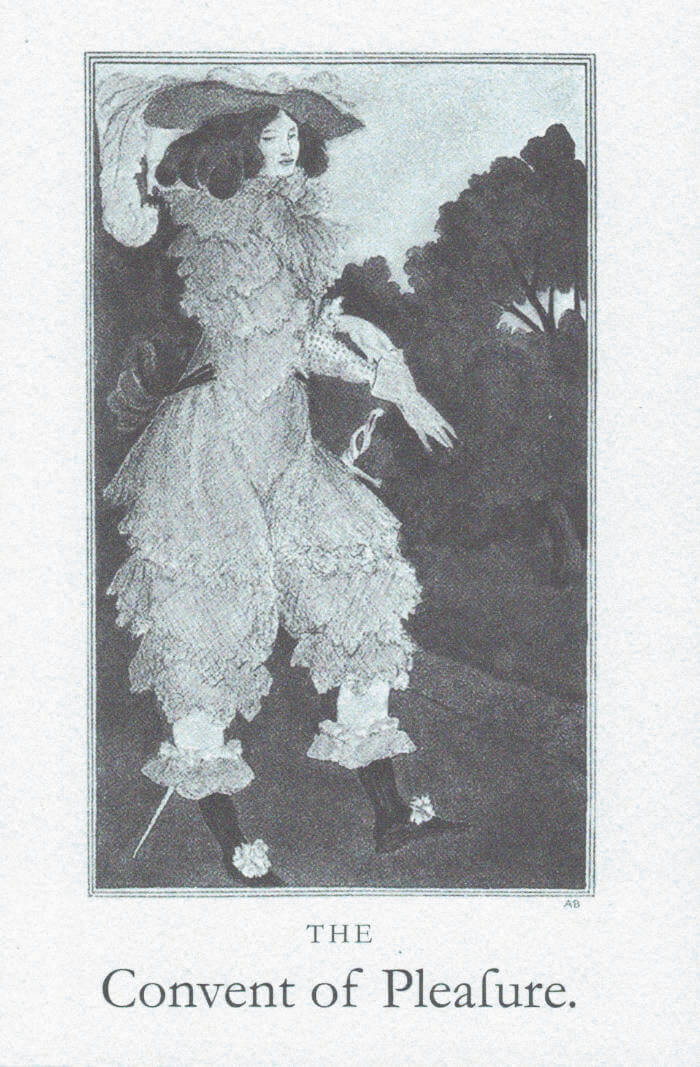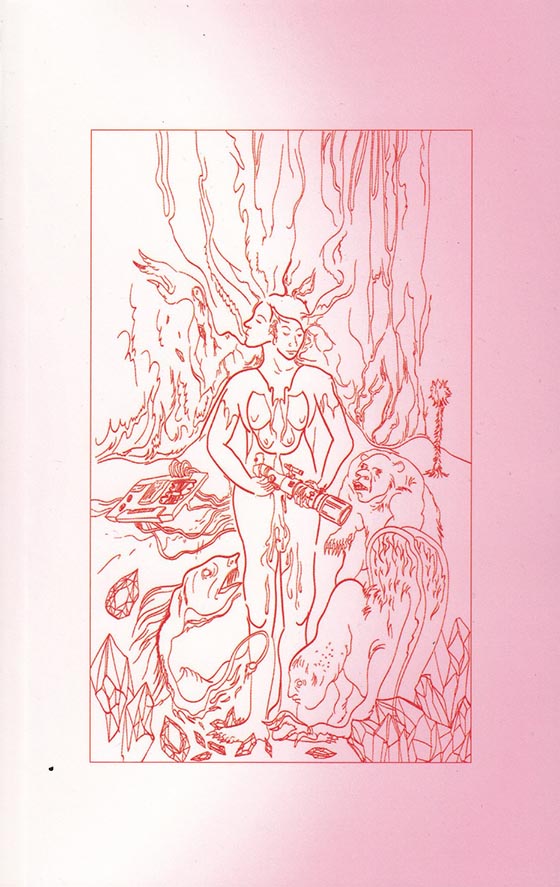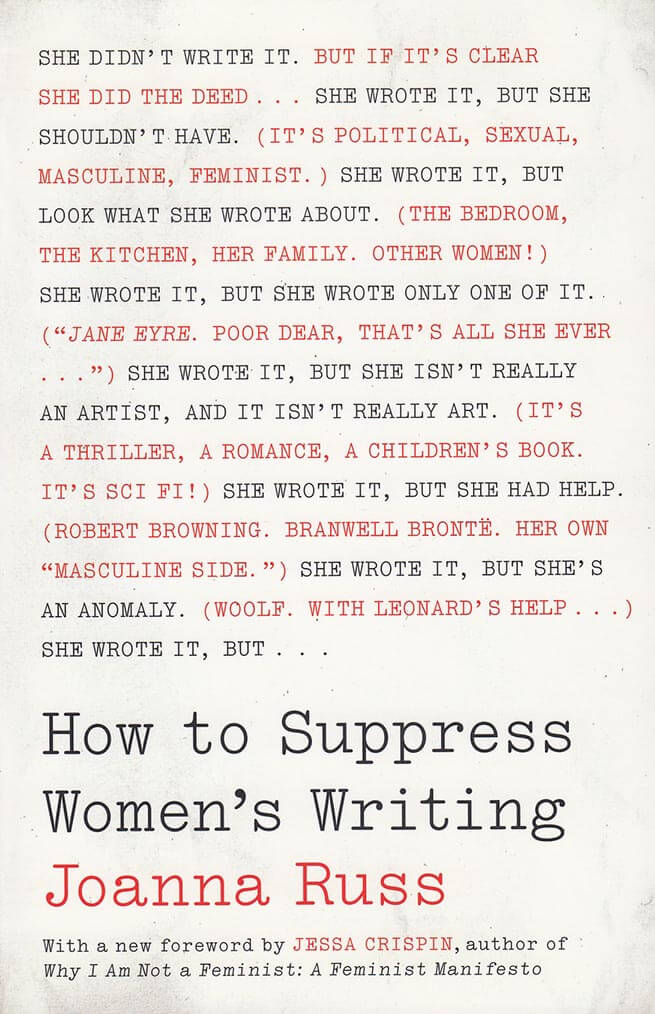Margaret Cavendish
Margaret Cavendish

The Convent of Pleasure
The Convent of Pleasure is a play written by Margaret Cavendish in 1668. The play is a comedy about noblewomen who choose to retreat to a convent to create their own community in order to avoid the constraints and pains of marriage and men. Lady Happy, the main protagonist, ponders the question of a radical alternative to marriage: “But why may not I love a woman with the same affection I could a man?” This book is a close reproduction of the first printed edition of the play, which was supervised and edited by hand by Cavendish.

The Blazing World
Published in 1666, The Blazing World stands as one of the first Western works of Science Fiction. In its assertion that all animal flesh is made of rational matter (including that of the female body) Margaret Cavendish wrote the only 17th century text of its kind - a book of gendered natural philosophy.
Caught in frost at the North Pole, Cavendish tells the story of a woman who is saved by crossing over from our world, to a whole new Utopia. Amongst gems and stars she finds a city of half-human half-beast scientists. Worm- Men, Bear-Men, Bird-Men and Fish-Men welcome her to their land. Together they toil in their investigations, describing Nature afresh.
Cavendish predicted motors, submarines and nautical machinery long before these technologies came to exist in the present. As more than just a work of fantastical invention, The Blazing World is important for its portrayal of invention itself. Enlightenment technology is described here as a recourse to protect the world. All of it. The feeling and reasoning matter of all animals, minerals, trees and plants is significant for its proto-environmentalism and for its path-setting form: philosophy as poetry; science as poetry.
With a foreword by Emile Frankel.
And more

How to Suppress Women's Writing
Written in the style of a sarcastic and irreverent guidebook, How to Suppress Women's Writing explains how women are prevented from producing written works, not given credit when such works are produced, or dismissed or belittled for those contributions they are acknowledged to have made. Although primarily focusing on texts written in English, the author also includes examples from non-English works and other media, like paintings. Citing authors and critics like Suzy McKee Charnas, Margaret Cavendish, and Vonda McIntyre, Russ aims to describe the systematic social forces that impede widespread recognition of the work of female authors.